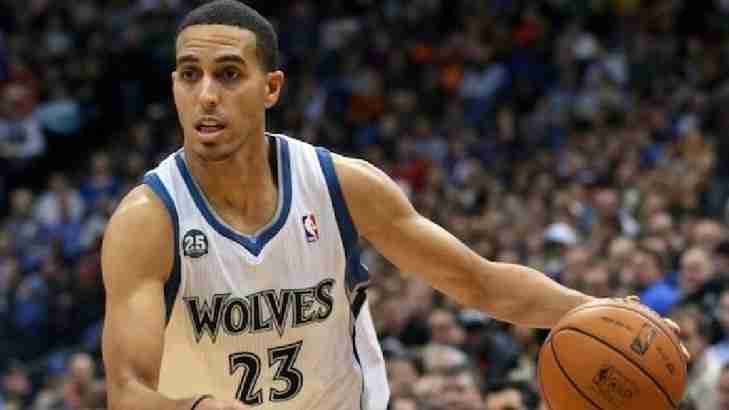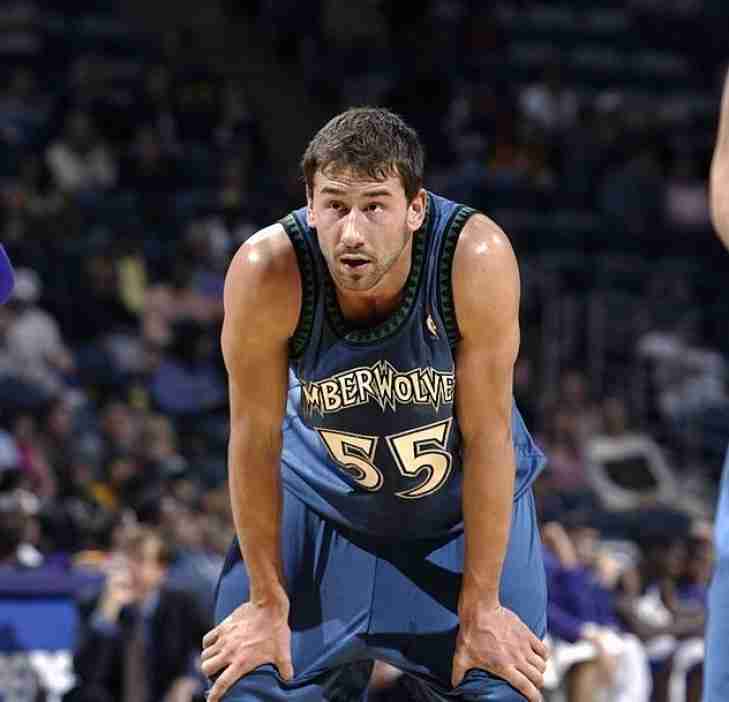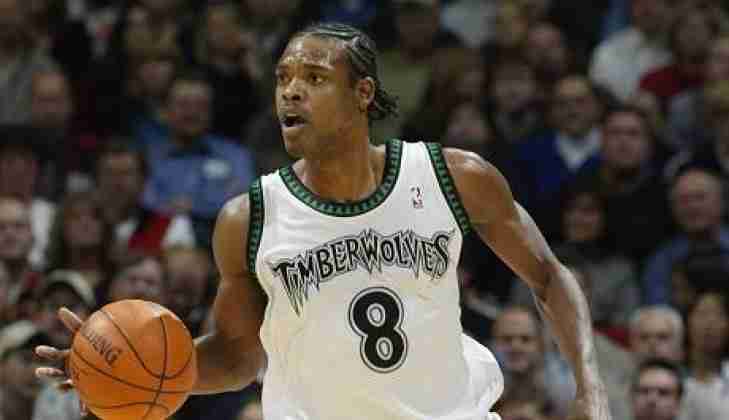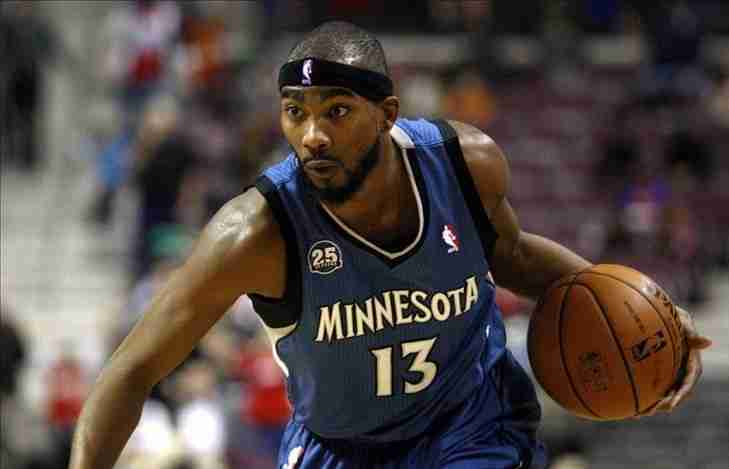23. Taj Gibson
45. Tyus Jones
#31. Mike Conley: Minnesota Timberwolves, #9 Point Guards
Pre-2019-20 Rank: #38, Pre-2020-21 Rank: #42, Pre-2021-22 Rank: #41, Pre-2022-23 Rank: #41, Pre-2023-24 Rank #41.
Peak Period: From 2012-13 to 2018-19.
It took 14 seasons before Mike Conley Jr. finally made his first All-Star Game. Frankly, it felt a bit like a lifetime achievement award, but it was one that so many of us were happy to see him obtain. Conley does not have the stats, the elite period, or the rings to get into Springfield, but he is one of the most respected players of all time, as shown by his two Teammate of the Year Awards and four Sportsmanship Awards. If there were a Hall of Fame of Class, Conley would be the first ballot.
If Minnesota captures an NBA Championship in 2025, we won’t be alone in being happiest for Mike Conley Jr.
#20. Rudy Gobert: Minnesota Timberwolves, #3 Centers
Pre-2019-20 Rank: #36, Pre-2020-21 Rank #33, Pre-2021-22 Rank: #19, Pre-2022-23 Rank: #16, Pre-2023-24 Season Rank #18.
*Peak Period: 2017-18 to 2023-24.
Rudy Gobert’s Hall of Fame case needed last season’s success badly.
The Center was traded from Utah to Minnesota for a ransom of First-Round Picks, and his first season with the Timberwolves was not successful. This changed last season when he added his sixth First Team All-Defensive Selection and fourth Defensive Player of the Year Award, and when you log that many defensive accolades, the Hall will take notice.
More importantly, Minnesota reached the Western Conference Final last year. If the team, now unquestionably led by Anthony Edwards, wins it all with a strong showing by Gobert, it won’t matter what they gave up to get Gobert. That should make him the second Frenchman behind Tony Parker to enter the Hall, that is, unless a specific player named Victor Wembanyama overtakes him and Gobert stalls.
Viva la France!
The Top 50 Minnesota Timberwolves of All-Time are now up
As many of you are aware, we are in the process of working on another series of lists here at Notinhalloffame.com. That is the Top 50 players of every major North American Franchise. As such, we are proud to present our second team (all of which whose order has been chosen at random), the Minnesota Timberwolves.
Granted, we know that Minnesota has not been an overly successful franchise, but the process means that we have to do them all!
Clearly the number one choice is obvious, the recently retired Kevin Garnett, but the fun part is watching this list change with it being a young franchise.
We will give you the top five now for those of you interested:
1. Kevin Garnett
2. Kevin Love
3. Wally Szczerbiak
4. Terrell Brandon
5. Tom Gugliotta
Who are the rest?
You can find them here:
We will be unveiling another franchise from Minnesota, the Minnesota Vikings.
As always, we here at Notinhalloffame.com thank you for your support!
49. Troy Hudson
41. Shabazz Muhammad
47. Randy Foye
39. Kevin Martin
48. Marko Jaric
46. Tod Murphy
42. Latrell Sprewell
Latrell Sprewell is known for a lot of things, but sadly his prowess on the basketball court comes behind three things.





















